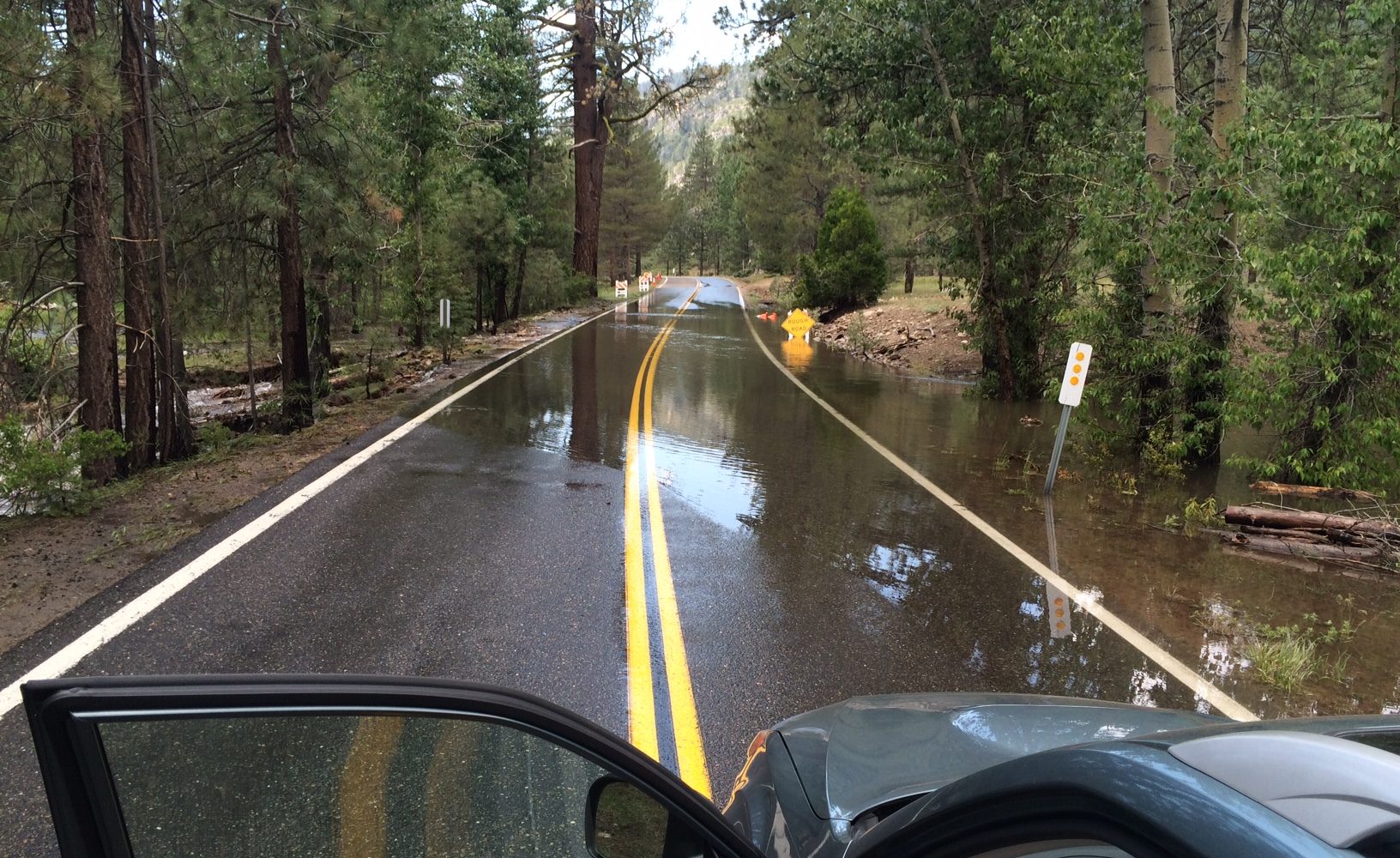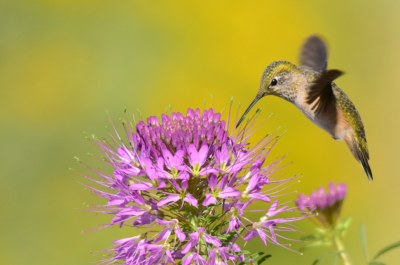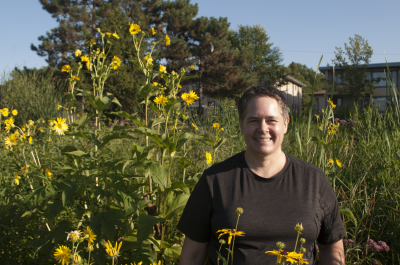Fishermen are great observers, and the ones who taught me most about that were my brother and my dad. Nowadays, my dad’s moving more slowly, and my brother, Michael Peterson, is a Cincinnati-based poet, but each June they make a pilgrimage back to the Sierra Nevada mountains.
Last week they stopped along the north fork of the Tuolumne River, near Yosemite National Park. It should be more of a trickle right now, but my brother says people were swimming in it. Which must have been a nice way to cool off: High temperatures blanketed much of the state, with 100-degree heat stretching on for days.
Their destination, the nearby Stanislaus River, has changed too. “I was in it, at one point, probably, up to the top of my belly. It was real silty, it was real cloudy,” my brother says.
The steep reaches of the river were flowing unusually fast, churning up sediment more than usual. So no, the fish weren’t biting on his flies. Or any flies. “I didn’t see any bugs hatching. Where I did see insect life more was where the river had pooled off, drained off into other spots. Essentially, I’d be walking through the insects to get to the river and I’d get to the river and it would be like, nothing.” (Locals told him that they think bugs and the fish might be found in their usual places later this summer, when the rivers slow down.)
NASA says this past winter brought more snow to the Sierra than the past four years combined. Other Western mountains got dumped on, too. Near California’s North Coast, Paul Senyszyn noticed the deepest snow in years during Memorial Day weekend, where none was visible the year prior.
As that snow melts, wild rivers, coffee-colored and fast, have roared through late spring and early summer, noticeably in California’s Sierra Nevada mountains.
ISeeChanger Claire Holdaway lives in the western foothills of the Sierra Nevada, where a seasonal creek runs through her Grass Valley, California property, so small it doesn’t have a name. “We have never seen the creek flowing later than March in the past,” she says.
But it is flowing now. So Holdaway shared her observation with us during the Memorial Day Field Photo Weekend. (For a Field Photo Weekend, several times a year, we ask observers to snap pictures of a landscape to which they return seasonally.)
The sight of all that turbulent, high water is especially striking since, although California relies heavily on Sierra Nevada snowpack for water supply, that snow is already diminishing because of climate change.
In the eastern Sierra’s Owens Valley, where temperatures have soared above 100 degrees, sand bags are stacked up in every town. Roads have closed, and the force of flowing water is overwhelming culverts and scraping away at infrastructure, according to longtime valley resident Mike Prather. “The road to Onion Valley out of Independence is closed at a point where Golden Trout Creek is undermining the road. A bridge collapsed in Round Valley northwest of Bishop because of high flows eating away at the structure.”
Big snow years – and big melts – like this one aren’t unexpected in California. But changing climate is bringing more frequent higher temperatures to the Western United States – which very well may include the early-summer heat wave that struck California last week.
In Ridgway, Colorado, the snow that Sue Husch noticed in late May is melting off six weeks later, and the way it’s doing so surprises her. “Water is coming up fast and filling the lake and the rivers are running high and fast,” she says. After a cooler night, she observed the water rising more slowly.
Changing conditions that catch people off-guard can be deadly. More than 16 people have drowned in California rivers, including three in the Owens River, four in the Kern, and six in the Tule River.
And well into summer, we’ll still be observing the consequences of a wet winter that melted into a hot, late spring. After her post in May, we checked back with Claire Holdaway in Grass Valley, to see how her creek is doing. She says her creek is still flowing, building up silt in a small concrete dam that controls the creek’s flow.
Wild blackberries, dock, and watercress are among the plants pushing up and thriving in the creek and surrounding bog. “Mosquitoes are crazy bad,” Holdaway says. To cope with them, she’s been trying mosquito dunks – a water treatment made with bacteria harmful to mosquito larvae, but not to other living things – but it’s still a big year for the thirsty bugs.
We’re hoping to hear more from Claire Holdaway this upcoming Field Photo Weekend: it starts Saturday, July 1, and continues through next Tuesday, the Fourth of July.
We’re calling on our observers all over the place to share your landscapes and join in this weekend. And this time around, it matters a lot with so many places experiencing extreme heat or extreme rains.
Risks big and small stemming from wet winters and wild springs continue around the West. So stay safe – and let us know what’s changing along the way.
-Molly Peterson




